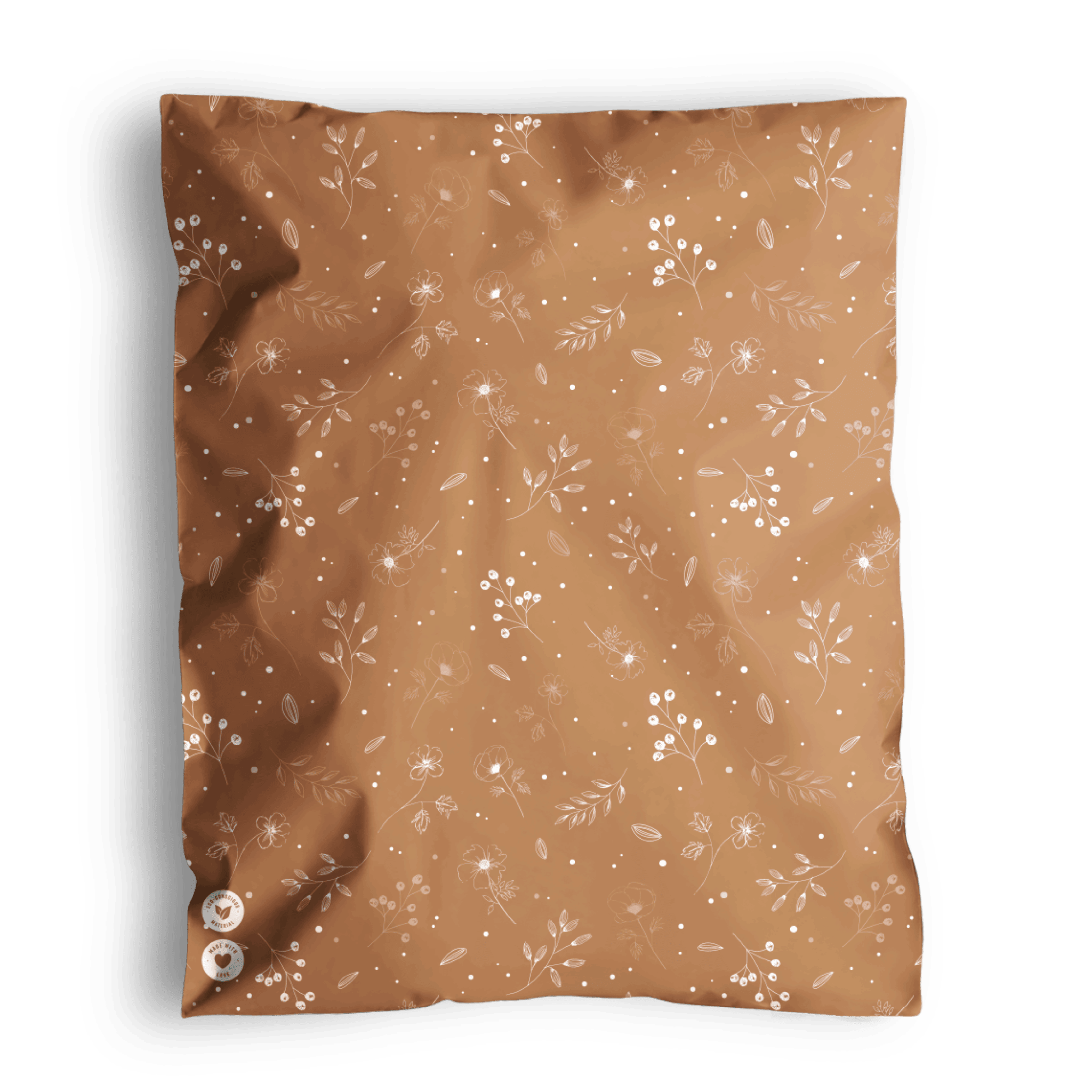When the latest tariff increases hit my inbox a few weeks back, I had to double-check the numbers to make sure I wasn't misreading them. What began as manageable 25% increases has escalated to rates as high as 145% in some categories. These aren't just incremental changes – they're transformative shifts that require us to rethink our entire approach to sourcing and pricing.
These tariffs are reshaping the business landscape in ways that go far beyond simple cost increases. It's like playing a familiar game where suddenly half the rules have changed overnight.
1. The brutal reality check
Your shipments are about to become significantly more expensive, creating ripple effects throughout your entire business model. And despite what some might suggest, simply passing these costs to customers isn't a complete solution in competitive markets where price sensitivity remains high.
The immediate challenge for many businesses is that these tariffs must be paid upfront before products clear customs. This creates substantial cash flow pressure, with businesses facing immediate capital requirements ranging from tens to hundreds of thousands of dollars just to receive their inventory. For companies operating with tight cash management, this sudden demand can disrupt operations across the board.

2. Your manufacturer relationship just got complicated
This is precisely the time to deepen conversations with your Chinese manufacturing partners rather than looking for quick exits. Economic uncertainty often creates opportunities for negotiation that might not exist during more stable periods.
Many businesses with established manufacturing relationships are finding room for compromise. Some manufacturers are willing to absorb a portion of the increased costs or extend payment terms to help valued customers navigate these challenges. These conversations aren't always comfortable, but they're essential for finding mutually beneficial solutions during uncertain times.
3. China +1 is no longer optional
Implementing a "China +1" approach to manufacturing has shifted from a forward-thinking strategy to a business necessity. Having production options across multiple countries provides both tariff advantages and risk mitigation that single-source models simply can't match.
Many Chinese manufacturers have anticipated these trade tensions by establishing facilities in countries like Vietnam, Mexico, and Malaysia over the past several years. These alternative production locations often offer similar quality and processes but with very different tariff implications. Exploring these connections through your existing manufacturer relationships can sometimes reveal surprisingly seamless transition options.

4. Know your numbers like never before
Understanding your true costs across every stage of production and fulfillment is foundational to making sound decisions in this environment. Many businesses operate with incomplete cost models that don't capture all expenses involved in bringing products to market.
There's a significant difference between approximating your margins and knowing them with precision. Some businesses believe they're operating at healthy profit levels, only to discover they're much closer to breakeven when all costs are properly accounted for. This gap becomes critical when tariff increases begin consuming margins that were already thinner than understood.
Track all your costs methodically: production, packaging, quality inspection, international shipping, import duties, customs bonds, last-mile delivery, warehousing, and fulfillment. This comprehensive view provides the clarity needed to make informed decisions about pricing, sourcing, and product development.
5. Check your HTS codes immediately
Product classification under the Harmonized Tariff Schedule significantly impacts your duty rates, making proper coding a financial priority rather than just a compliance requirement. Different categories face vastly different tariff structures, and ensuring correct classification can substantially affect your bottom line.
When receiving conflicting guidance about proper classification from factories, freight forwarders, or customs brokers, it's worth investing in professional review. The financial difference between similar-sounding categories can represent tens of thousands of dollars in additional costs or savings across a year of imports.

6. Product innovation: Crisis creates opportunity
The most resilient businesses view these challenges as catalysts for innovation rather than simply obstacles to overcome. This mindset shift allows them to discover growth opportunities even within constraining circumstances.
Consider how product specifications might be thoughtfully modified without compromising quality. Small changes in materials, dimensions, or components can sometimes result in different tariff classifications with more favorable duty rates. Additionally, manufacturing processes can often be optimized to create complementary products from materials you're already purchasing, turning potential waste into new revenue streams.
For example, textile manufacturers can often repurpose edge trimmings into complementary products that enhance their primary offerings. These additions require minimal additional investment yet can create valuable product extensions that improve overall margins and customer value.
7. This is a marathon, not a sprint
The current tariff situation represents more than a temporary disruption – it signals lasting changes to global trade patterns that require strategic adaptation. Businesses positioning for long-term success are developing diverse supply chains rather than waiting for a return to previous conditions.
Forward-thinking companies are systematically transforming their operations from concentrated sourcing to distributed production models. This transition requires significant investment in relationship development, quality control systems, and logistics management, but results in substantially improved business resilience against both tariff changes and other supply chain disruptions.
8. You're not alone in this challenge
The challenges we're facing are shared across industries, creating unusual opportunities for collaborative problem-solving. Business owners facing similar tariff pressures are increasingly sharing strategies, contacts, and solutions through both formal and informal networks.
These collaborative conversations often yield practical insights about alternative sourcing options, logistics improvements, and product adaptations that can significantly ease tariff burdens. The collective intelligence of business communities frequently identifies creative approaches that individual companies might overlook when working in isolation.
If you've developed effective strategies for navigating these tariff increases or found valuable resources worth sharing, consider exchanging insights with your business community. While we can't control the policy landscape, we can certainly accelerate our learning and adaptation through shared experiences.









